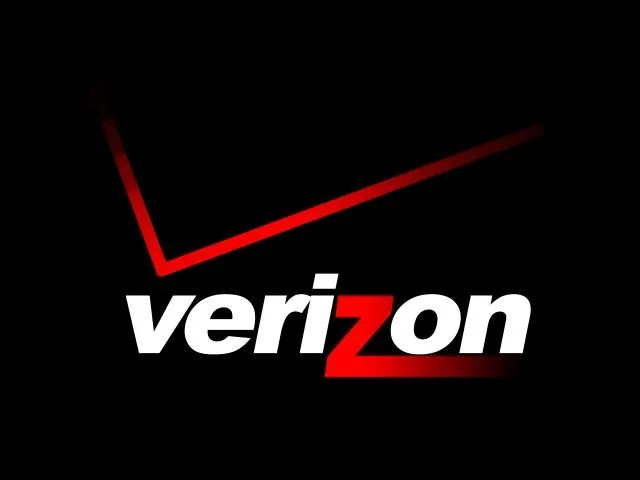Verizon move threatens growth of home fiber

The gold standard in home digital connection - all fiber optics - continued to expand in North America in 2011, climbing 13 percent in just one year. According to the Fiber-to-the-Home Council Americas (FTTH), service providers now market to some 19.3 million homes, and there are 8 million subscribers. Despite this progress, fewer than one-fifth of U.S. homes have access to an all fiber connection.
Fiber can provide extremely fast and reliable connections for Internet, TV and phone, and is a strong competitor to the cable companies which may otherwise have a dominant share of the broadband market in many areas of the country.
But now, fiber's growth is being threatened by Verizon's plan to limit build-out of FiOS.
According to Multichannel News:
"Verizon is still by far the largest FTTH provider in North America, with 4.8 million FiOS Internet and 4.17 million FiOS TV subscribers at the end of 2011. The FiOS network passed 16.5 million premises at year-end 2011, up more than 900,000 year-over-year."
Verizon has not deployed its FiOS network to about 30 percent of the households in its landline footprint, including Boston, Baltimore, Buffalo, Albany, and Syracuse. As a result of Verizon Wireless' deal with the cable companies, Verizon has announced it will not build its fiber network to these communities, leaving them on the wrong side of the digital divide.
The U.S. is far behind other nations in fiber deployment. In Japan and South Korea, for example, most homes and businesses have access to a fiber connection.
Wireless alone will not provide the high-bandwidth connections necessary for 21st century broadband applications. It's long past time for public/private policies to expand fiber build-out to keep pace with our global competitors.
Fiber-Connected Subs Grew 13% In North America In Past Year (Multichannel News, Apr. 9, 2012)
CWA members oppose AT&T’s attempts to stop serving rural and low-income communities in California
CWA urges FCC to deny industry attempts to loosen pole attachment standards
CWA District 6 reaches agreement with AT&T Mobility



